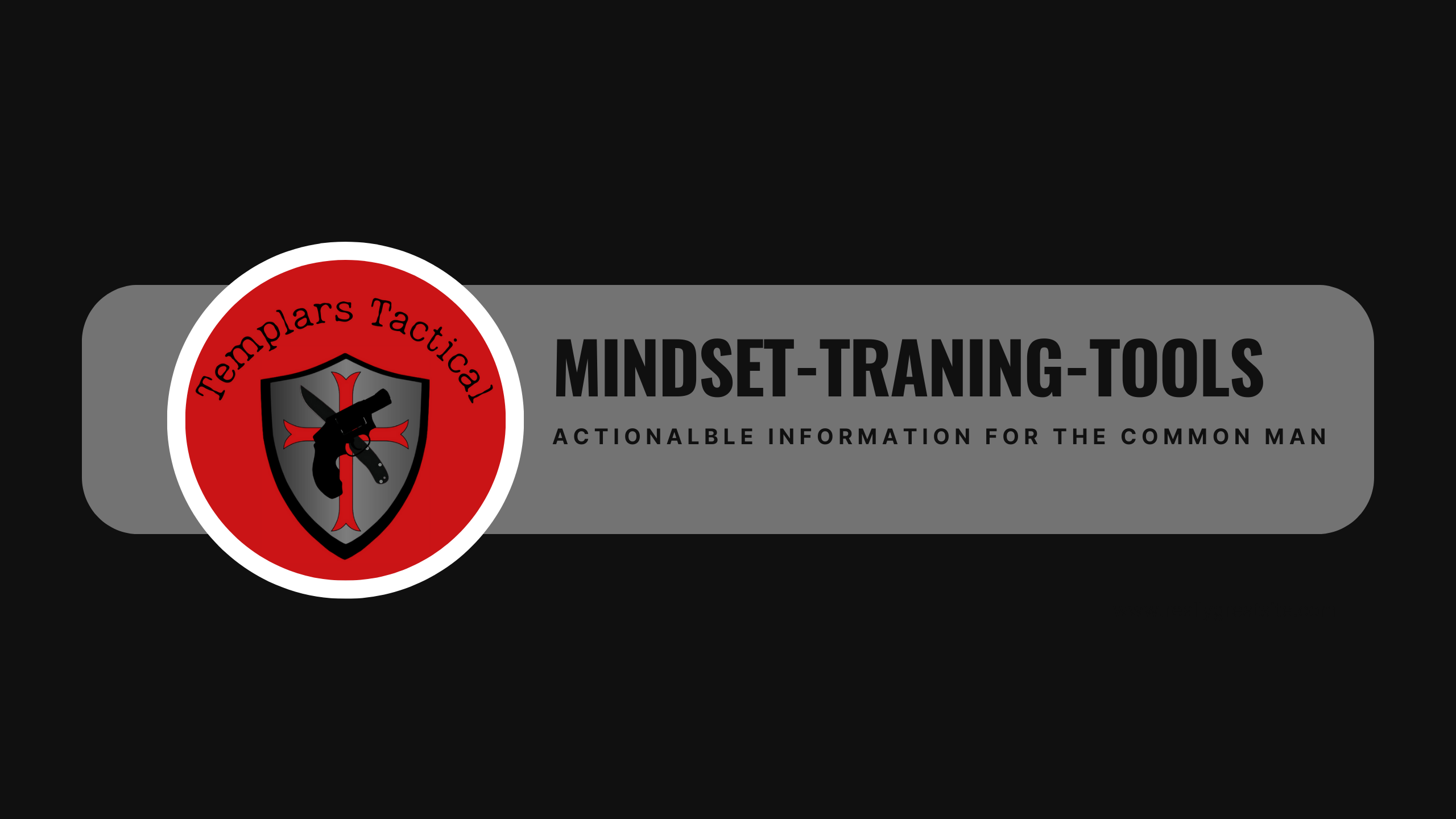
In February 2000, I was involved in a fatal police-involved shooting, which forced me to take a hard look at my training. At the time, I was a member of the SWAT team—though I was working patrol the night of the shooting—and had already completed two of what would eventually be five firearms instructor courses. The simplest way to explain my realization is this: my previous training, including the U.S. Army Military Police School and the Baltimore City Police Academy (97/2), prepared me for a real-life shooting about as well as driving on the interstate prepares you for NASCAR.
When it comes to high-threat driving, there are only three inputs: gas, brake, and steering. These three must be balanced—none can be at 100% without consequence. Most accidents occur because drivers brake at 100%, leaving no room for steering. Similarly, many training programs fail to account for how the human body reacts under extreme stress. For the past 25 years, I have researched the psychological and physiological responses to interpersonal conflict, and I’ve found that many trainers and systems attempt to “download” incompatible software into the known operating system of the human body.
Shortly after the shooting, I began training in Yoshin Ryu (traditional Japanese Jujitsu) under David Bish of Red Dragon Ju Jitsu in Havre de Grace, MD. I continued my training there until my retirement in 2007. Bish Sensei, a retired 18D Special Forces medic and a 9th Dan in Judo and Jujitsu, was a wealth of knowledge. It was through his instruction that I first learned how to effectively counterattack by exploiting an opponent’s inherent weaknesses. The more I studied, the more I lost confidence in the tactics I had been trained in for self-protection and arrest techniques. Over time, I progressed from being a rookie with no say to a Field Training Officer, a firearms and officer survival instructor, and a specialist in edged weapon survival for law enforcement.
As I pursued expertise in this field, I attended numerous edged weapon training courses on my department’s dime, learning from instructors such as Nick Hughes, Michael Janich, Datu Kelly Worden, Dwight MacLemore, RIP, Maestro Loriega (Navaja Knife Fighting), and Rob Ross. Out of all of them, only Ross—now with Baltimore City Homicide—was also a police officer. My goal was to develop an edged weapon survival program specifically for law enforcement.
Through this training, I identified two major flaws in most edged weapon defense programs:
- A lack of open-hand defenses against edged weapon attacks.
- A reliance on blade-on-blade techniques.
- The assumption that the officer will see the attacker’s blade before responding.
For police officers, violent encounters typically fall into one of two categories:
- Brewing – The attacker is at a distance, and verbalization is likely. In these situations, officers have time to assess threats and pre-deploy force options like a taser or firearm. This scenario accounts for about 99% of an officer’s career encounters.
- Spontaneous – The officer is attacked at close range with explosive, violent intent. This is the most dangerous scenario, and survival depends on the ability to react immediately and effectively.
Understanding these realities led to the creation of Spontaneous Attack Survival (SAS) as the open-hand combatives component of the Modern Combative System.
The Premise of SAS
SAS operates under a simple but critical mindset: assume every attacker at conversational distance is holding a concealed box cutter. This means the officer’s immediate response must be open-handed and match the attacker’s explosive aggression. Backpedaling to draw a firearm risks falling and losing control of the fight. Contact means control.
SAS utilizes Principle-Based Responses (PBRs) based on research into the most common attack angles, particularly cyclic “sewing machine” stabs. The goal is to either avoid being cut or to minimize injury while maintaining control.
SAS: Beyond Law Enforcement
Although SAS was developed for law enforcement, it is a complete open-hand combative system that includes:
- Strikes and kicks
- Takedowns and throws
- Ground control
SAS serves as a strong foundational system for civilians and integrates seamlessly with other components of the Modern Combative System:
- Street Stick (impact weapons)
- Inverted Edge Tactics (edged weapons)
- CDP (Contact Distance Pistol) – one-handed pistol fighting within seven yards
For law enforcement, SAS begins with arrest and control handcuffing tactics, eliminating pain compliance in favor of mechanical disruption, as outlined in Combative Anatomy.
SAS has been presented to the following agencies and organizations-
Texas Department of Corrections
Indiana Department of Corrections
Maryland Department of Corrections Special Operations DAGRE (Deployed Aircraft Ground Response Element)
For more information on SAS or the Modern Combative System, contact George at 682-207-3820.




